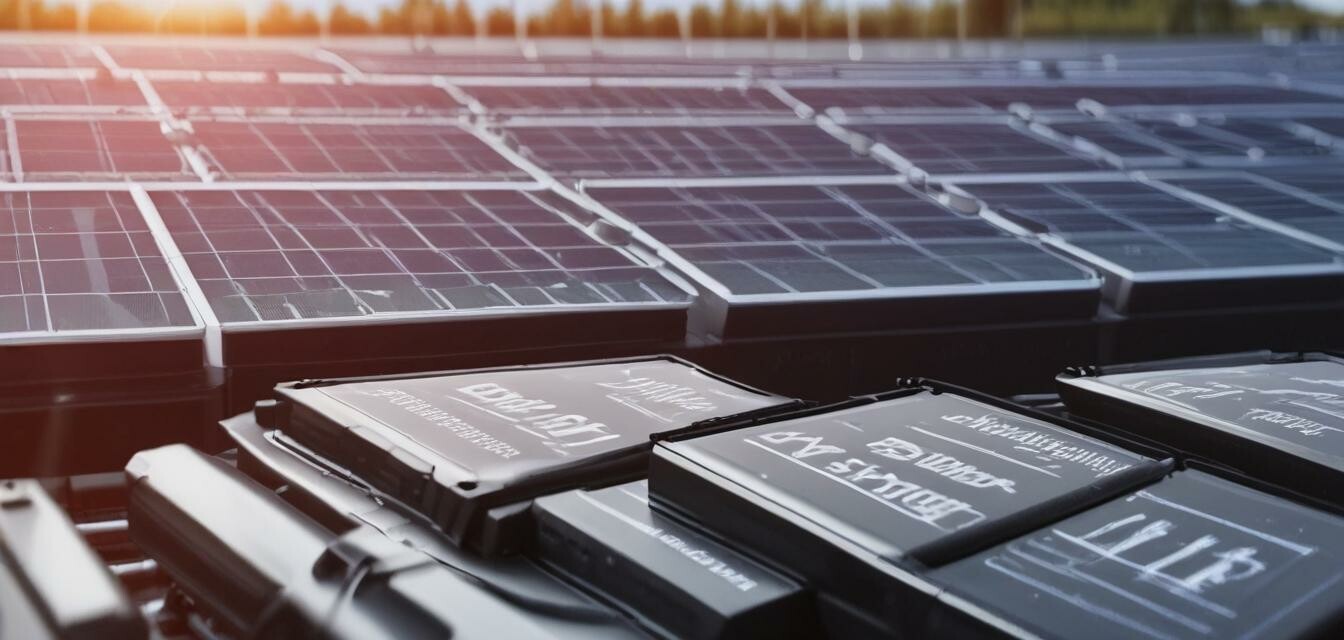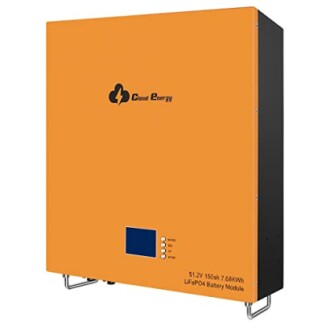
Understanding Lithium vs. Lead-Acid Batteries for Solar Storage
Key Takeaways
- Lithium batteries offer higher energy density and longer life cycles than lead-acid batteries.
- Lead-acid batteries are more cost-effective initially but have shorter lifespans and lower efficiency.
- Choosing between the two depends on your specific energy needs and budget for solar storage.
In today’s world, the push towards renewable energy sources has led to increased interest in energy storage systems. Among these systems, batteries play a crucial role, especially when it comes to solar energy. Two common types of batteries used for solar storage are lithium and lead-acid batteries. This article provides a detailed comparison, outlining their differences, benefits, and ideal applications.
The Basics of Lithium and Lead-Acid Batteries
Understanding the fundamentals of these two battery types is crucial in making an informed choice for solar storage.
Lithium Batteries
Lithium batteries have emerged as a popular choice for solar energy systems due to their advanced technology and advantages.
Lead-Acid Batteries
Lead-acid batteries have been around for a long time and are known for their reliability in various applications, including solar energy systems.
Comparative Overview
| Feature | Lithium Batteries | Lead-Acid Batteries |
|---|---|---|
| Energy Density | Higher energy density | Lower energy density |
| Life Cycle | 6000+ cycles | 300-600 cycles |
| Weight | Lighter | Heavier |
| Efficiency | 90-95% efficient | 70-80% efficient |
| Cost | Higher initial cost | Lower initial cost |
| Maintenance | No maintenance required | Needs regular maintenance |
Pros and Cons
Pros of Lithium Batteries
- Long lifespan and fewer replacements over time.
- Lightweight and compact design.
- High charging speeds, allowing for quick power storage.
- No maintenance required.
Cons of Lithium Batteries
- Higher initial investment.
- Requires specific charging equipment.
Pros of Lead-Acid Batteries
- Lower initial cost, making them affordable.
- Widely available and easy to replace.
Cons of Lead-Acid Batteries
- Shorter lifespan necessitating more frequent replacements.
- Heavier and bulkier, requiring more space.
- Regular maintenance is required.
Ideal Applications
Determining which battery type is better suited for your needs largely depends on your specific applications:
- Lithium batteries are ideal for off-grid living, solar energy systems with frequent cycling, and applications needing rapid charging and discharging.
- Lead-acid batteries are preferable for applications with lower energy demands, infrequent cycling, or when budget constraints are a primary concern.
Which Battery Should You Choose?
Your choice between lithium and lead-acid batteries should align with your energy requirements, budget, and long-term goals:
- Assess your energy needs.
- Consider your budget for initial investment versus long-term costs.
- Evaluate space availability and maintenance preferences.
Featured Products
Here are some excellent products to consider for solar storage:
48V 150Ah Wall Mounted Lithium LiFePO4 Deep Cycle Rechargeable Battery
With over 6000 life cycles and exceptional safety features, this battery is perfect for solar energy storage and off-grid applications.
Learn MoreAIMS Power 6000 Watt Pure Sine Inverter Charger
An efficient inverter charger that supports various battery technologies and is perfect for home and off-grid applications.
Learn MoreResources for Further Learning
For those interested in digging deeper into solar storage solutions, consider exploring these resources:
- Solar Battery Storage Solutions
- Types of Solar Panels
- Introduction to Solar Off-Grid Systems
- DIY Off-Grid Solar Systems
- Buying Guides
Conclusion
Understanding the differences between lithium and lead-acid batteries for solar storage is essential when planning your energy system. While lithium batteries are generally superior in terms of longevity and efficiency, lead-acid batteries still have their place in the solar market. Whatever you decide, considering your specific needs will help you reach grid independence while maximizing efficiency and affordability.




